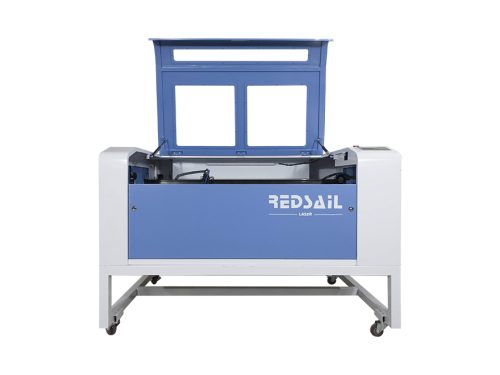
Do you encounter the following confusion in the laser cutting process
What kind of plate matches what kind of gas?
How on earth should I choose auxiliary gas?
What aspects of cutting quality can different gases affect?!!!
Which auxiliary gas to choose for different plates, etc
Let’s take you through
The auxiliary gases for laser cutting machines usually include air, nitrogen, and oxygen. Different auxiliary gases are used for cutting different materials.
1. Compressed air
Air is suitable for cutting aluminum, non-metallic, and galvanized steel plates, which can reduce oxide film to a certain extent and thereby save costs. It is generally used when the plate is relatively thin and the cutting surface requirements are not high. In some industries such as sheet metal chassis, cabinets, and kitchenware, compressed air is widely used.
2. Nitrogen
Nitrogen is an inert gas that can prevent oxidation of the cutting end face of the product during cutting and prevent combustion (which can easily occur when the plate is thick). For products with high requirements for cutting end faces and requiring no treatment when exposed, nitrogen can be selected, such as some decorative industries, aerospace special components, and so on.
3. Oxygen
Oxygen mainly plays a combustion-supporting role, which can increase the cutting speed and thickness. Oxygen is suitable for thick plate cutting, high-speed cutting, and extremely thin plate cutting. Oxygen is often used in the structural cutting of some large amounts of carbon steel plates and thicker carbon steel plates.
The auxiliary gas can not only blow away the molten slag in time, but also cool the workpiece and clean the lens during the operation of the laser cutting machine. During operation, we should select appropriate auxiliary gas according to different cutting materials and thicknesses










